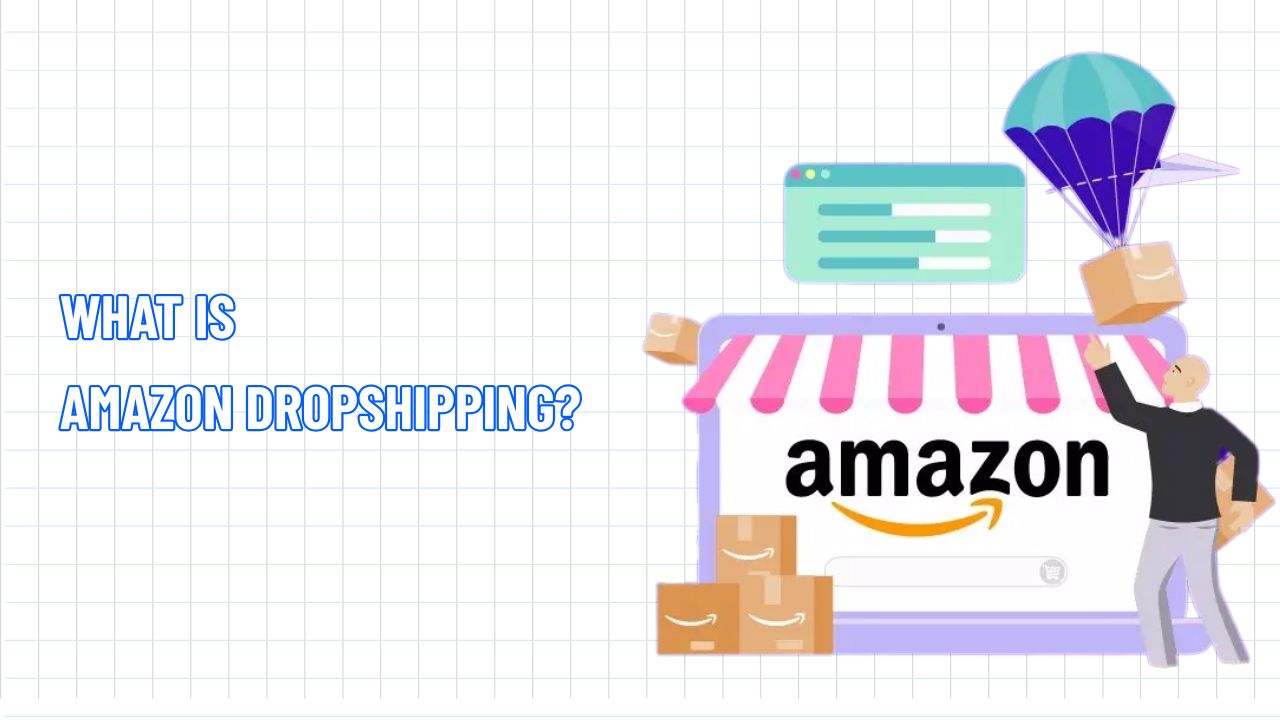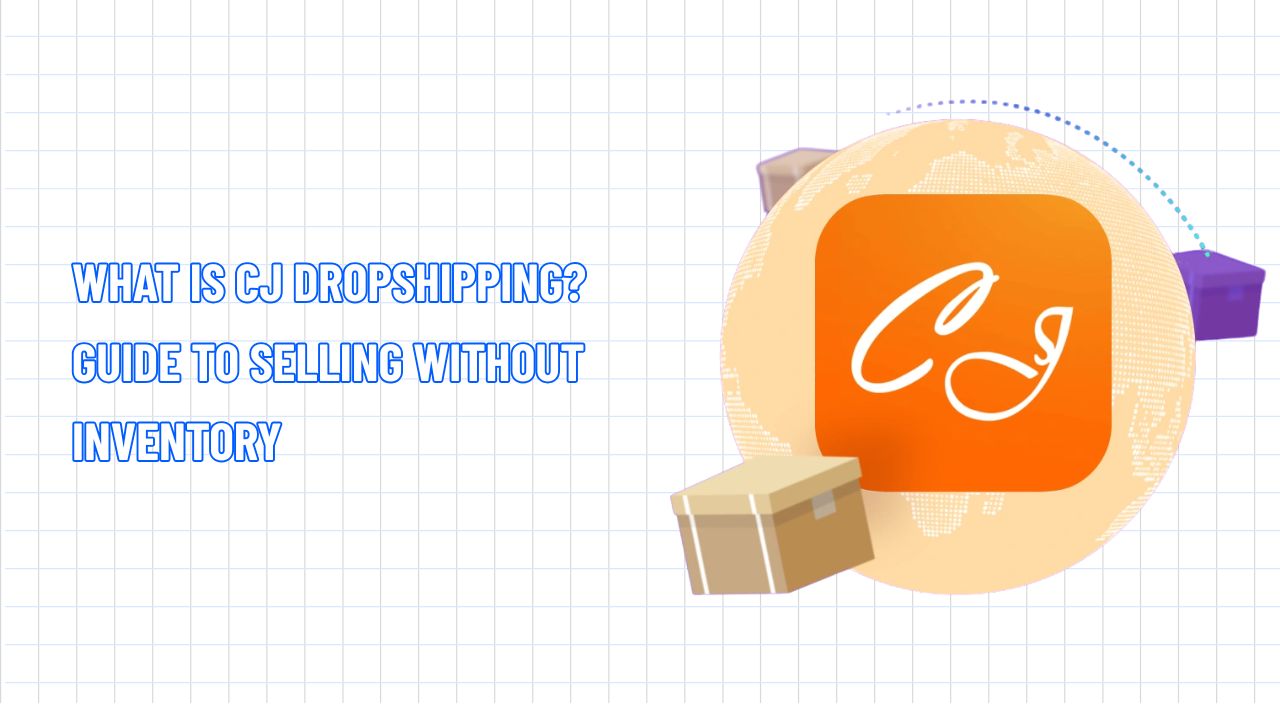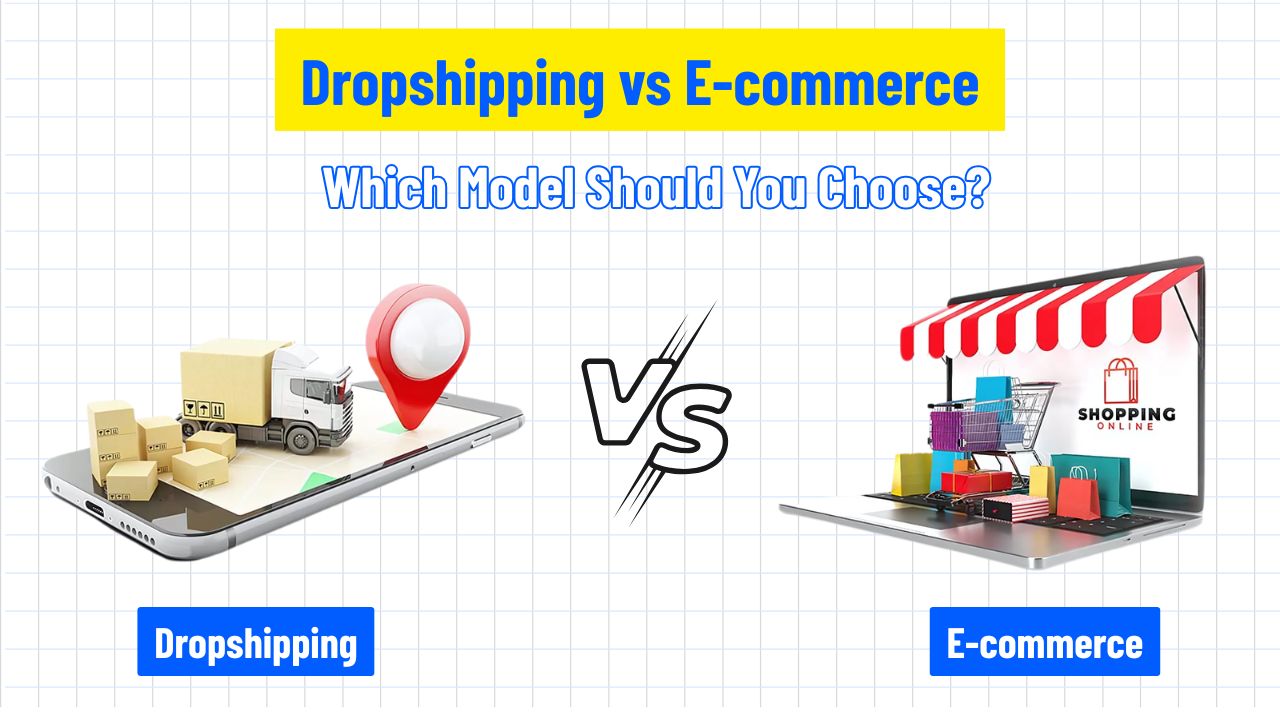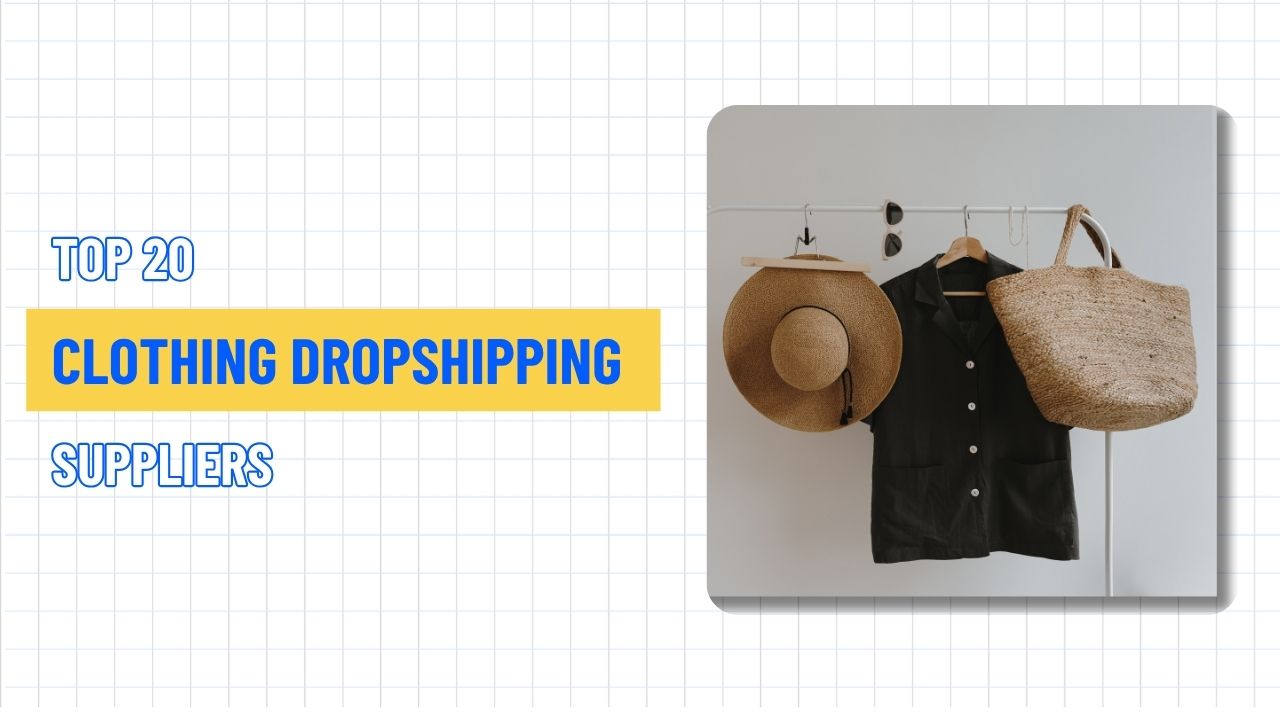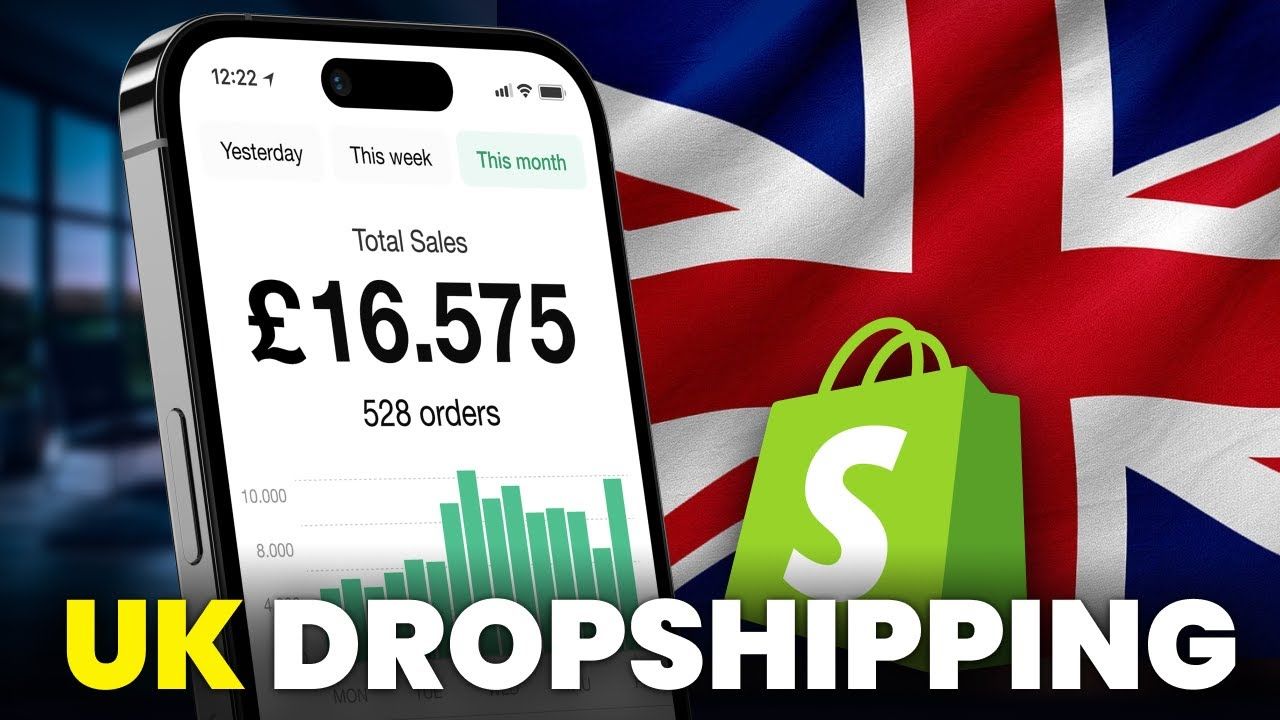Amazon FBA vs Dropshipping: Which Model Should You Start With?
Table of Contents Hide
In the booming world of e-commerce, Amazon FBA and Dropshipping are two models that are of particular interest to both beginners and experienced people. So which is the most suitable choice for you? This article from NextSky will help you understand each model and give practical advice to help you make an easy decision.

Introduction to FBA and Dropshipping business models
What is Amazon FBA?
FBA (Fulfillment by Amazon) is an Amazon service that helps sellers handle storage, packaging, shipping, returns, and customer service. It is the most popular fulfillment model, chosen by 89% of sellers. Whether you are a private label or reselling products, FBA is an efficient way to run your business on Amazon.
What is Dropshipping?
Dropshipping is a sales model that does not require inventory. When an order is placed, you transfer the order information to the supplier (usually a manufacturer, wholesaler or Chinese supplier). These units will directly package and deliver the product to the customer.
Read more: What is Dropshipping? Everything You Need to Know in 2025
What are the pros and cons of FBA and Dropshipping?
Advantages and disadvantages of FBA
FBA is Amazon's powerful fulfillment service that offers many benefits to sellers, but there are also some limitations to be aware of.
Advantages
- Convenience : Sellers simply ship their goods to Amazon's warehouse, and Amazon handles all packaging and shipping.
- Prime Badge : Products are automatically labeled Prime, increasing credibility and visibility.
- Increased reliability : Customers will have more confidence knowing that the product will be delivered quickly, often within 2 days.
- Customer Service : Amazon will take care of customer service for you.
- Return Processing : Amazon will assist sellers in receiving and processing returns.
- Multi-Channel Fulfillment (MCF) : FBA can be used to ship from sales channels other than Amazon.
Disadvantages
- High Service Fees : FBA costs can be high, especially for heavy or bulky products.
- Storage fees: Includes monthly storage fees and additional charges if inventory exceeds 365 days.
- Replenishment limits: Amazon planning limits the amount of inventory sent to each warehouse type, affecting the inventory.
- Risk of lost goods: Goods may be lost during the warehousing process, however Amazon will compensate.
Advantages and disadvantages of the dropshipping model
Dropshipping attracts many new online business owners because of its low cost and simple operation. However, before choosing this model, you need to understand both the positive and the challenges that come with it.
Advantage
- Low start-up costs: No need to import in bulk or invest thousands of dollars up front like with wholesale or private label.
- Easy to get started: You can quickly partner with suppliers and list products on Amazon or other platforms.
- Amazon supports dropshipping: However, make sure to follow their dropshipping policies.
Disadvantages
- Fierce Competition: Due to its accessibility, the dropshipping market is also more crowded.
- Slow delivery time: It depends on the supplier, from product to packaging, so it can affect customer experience if the quality is not good.
- Lack of quality control: Since you don't directly handle the product, to be sure you need to order samples for evaluation before selling.
Read more: How to Start a Dropshipping Business? Step-by-Step Guide in 2025
What is the difference between FBA and Dropshipping?
Inventory ownership
- Amazon FBA: With this model, you need to invest in advance to import goods in large quantities and send them to Amazon warehouses. Here, Amazon will handle all delivery, returns and customer care for you. This method helps you build a professional brand, but also comes with financial risks if the products do not sell well.
- Dropshipping: On the contrary, dropshipping allows you to start without having to stock up first. Only when a customer places an order, you pay the supplier to deliver the goods directly to the customer. This model minimizes initial risks, suitable for those who want to try their hand at business with small capital and more flexibility.
Order processing responsibility
- Amazon FBA: With FBA, you can completely entrust all order processing steps to Amazon. All processes are professionally performed by Amazon's warehouse and logistics system.
- Dropshipping: In the dropshipping model, the supplier will prepare and deliver the goods for you through an intermediary unit to meet Amazon's requirements. However, because you do not directly control the process , you may encounter difficulties if the process does not go as expected.
Storage and logistics
- FBA: When you choose FBA, your goods are stored in Amazon's modern warehouse system. Although you have to pay storage fees, in return, the products are professionally packaged and delivered quickly in a short time, providing a more reliable and professional shopping experience for customers.
- Dropshipping: With dropshipping, you don’t need to worry about warehousing because the supplier will manage and process the goods when orders arise. Although delivery times may be a little longer, this model can help newbies save on storage costs and minimize operational risks.
Customer service
- FBA: Amazon handles all customer service for you, including questions, returns, and refunds. This provides a smooth, professional experience for buyers, while significantly reducing your workload and post-sale stress.
- Dropshipping: In contrast to the above model, you will be the one who directly handles all customer issues. Even if the fault comes from the supplier, you still have to stand up to resolve it and ensure the customer's rights. This requires good communication skills, flexible handling, and sometimes taking risks to maintain reputation.
Prepaid expenses and cash flow
- Amazon FBA: With FBA, you need to spend money on inventory before any orders are placed. This locks up cash in inventory, making it difficult to turn around quickly or test new products. If the products don’t sell, the financial risk increases even more.
- Dropshipping: In contrast, dropshipping operates on a “sell first, pay later” model, where you only pay the supplier after the customer has paid you. This allows you to keep your cash flow flexible and easily expand your product portfolio without a large initial investment.
Red more: Dropshipping vs Wholesale: Which Model Is Right for You?
Should I choose FBA or Dropshipping?
There is no “best for everyone” business model. Choosing between FBA and Dropshipping depends on your budget, experience, long-term goals, and risk tolerance. Here is a breakdown for you to consider:
Choose Amazon FBA if you:
- With a starting investment budget of $2000 or more: Amazon FBA requires you to import a certain quantity of goods to cover storage fees, order processing fees, and marketing costs. This model is suitable if you have a stable source of capital to build a solid foundation from the beginning.
- Build a lasting brand: FBA allows you to register for Brand Registry to develop your brand with professional packaging design and product images to build trust with customers on a globally reputable platform.
- Prioritize high-quality customer service: Amazon handles the entire order fulfillment process, from packaging to shipping to returns. You’ll have virtually no complaints, and customers will experience Amazon-standard service (1-2 day shipping, professional customer service).
- Already have business experience: FBA requires you to choose the right products, predict market demand well, optimize inventory, and run effective advertising. If you have background knowledge or have run a business before, FBA is the ideal launch pad for aggressive expansion.
Choose dropshipping if you
- New to business: Dropshipping is an ideal option for beginners because you don’t need to invest in inventory from the start. This model allows you to get acquainted with the market without worrying about financial pressure, a gentle start to your Amazon selling journey.
- Limited budget: With dropshipping, you don’t have to pay for storage or warehousing costs, which significantly reduces financial risk. Even with a small capital, you can still start selling and grow step by step with flexibility.
- Focus on market research: Without having to worry about inventory or operations, you can spend all your time analyzing trends, studying consumer behavior, and selecting potential products. This is a wise strategy if you want to optimize every business decision.
- Product Testing: Dropshipping allows you to sell a wide variety of products without having to stock them in advance. This allows you to test different product lines, monitor market reactions, and find your “star sellers” without the pressure of having to stock inventory.
- When you don't have storage space: Sometimes, all you need is a laptop and an internet connection and you can run your dropshipping business anytime, anywhere, even while working at a coffee shop or in your tiny bedroom.
Read More: Dropshipping vs Affiliate Marketing: Which Model Should You Choose?
Whether you choose FBA vs Dropshipping , the important thing is that you need the right strategy and an effective operating system. If you need a standard, SEO-optimized and industry-specific Shopify UX/UI interface, NextSky's Shopify theme collection is a reliable partner to start on the right track and make a breakthrough in sales right from this platform.



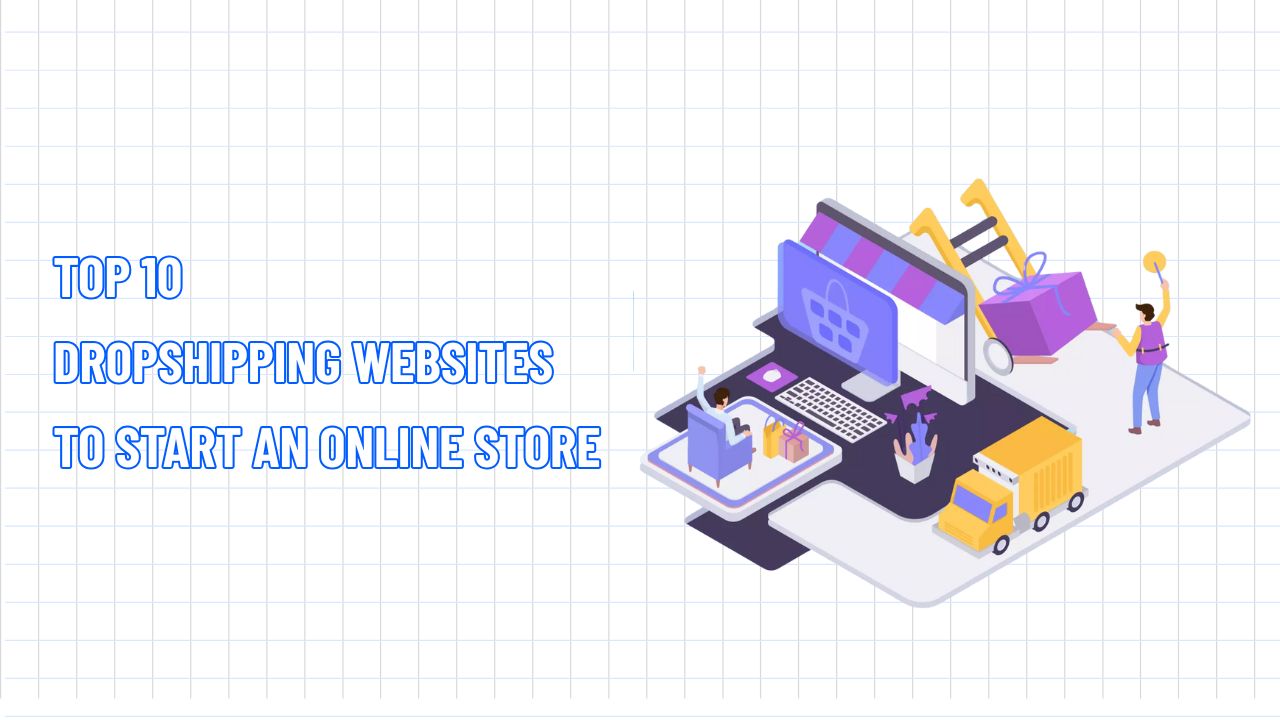
![[2025] AliExpress Dropshipping: A-Z Guide for Beginners](http://nextsky.co/cdn/shop/articles/aliexpress-dropshipping_68a937c9-3a8c-460e-b6a7-a9182d5fc4a2.jpg?v=1751219977&width=1280)
